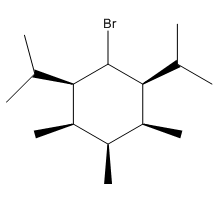It depends, but in each scenario the focus is on attaining the most stable carbocation, so you have to evaluate which movement would yield a more stable carbocation. The trend of carbocation stability is tertiary carbocations are more stable than secondary, which is in turn, more stable than primary (due to hyperconjugation or donation of e-density to the carbocation by neighboring alkyl groups). In all three scenarios, being allylic or benzyllic also increases the stability of the carbocation (due to resonance). So, let's say a carbocation forms at a secondary carbon. Next door to it, there are two carbons (one on each side). One of these carbons has 3 alkyl groups attached, the other has 1 alkyl group, 1 hydrogen, and a benzene ring. Which is the better shift? Most people might predict the alkyl shift would be better, because a tertiary carbocation would be formed (generally the case). However, the hydride shift would allow for a secondary carbocation that is even more resonance stabilized due to the benzene ring. Ultimately, it's based on stability. Also, in some scenarios, both of the neighboring carbons have equal or less carbocation stability and in those scenarios, no shift would likely occur.

